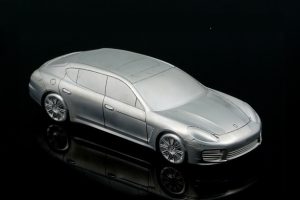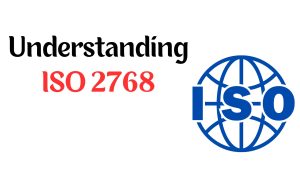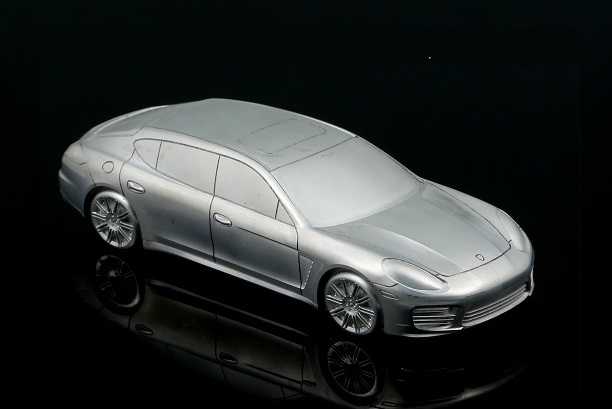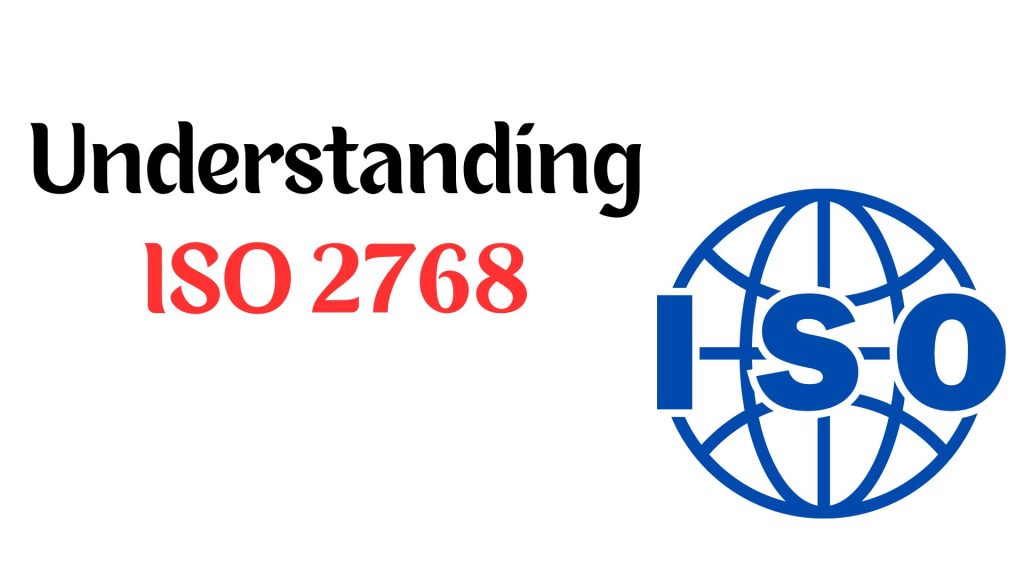Smoggy cities, fluctuating gas prices, and escalating environmental concerns have propelled the automotive industry towards a common goal – increased fuel efficiency. An effective strategy to achieve this objective is by reducing the weight of vehicles. Lighter cars not only result in reduced fuel consumption but also contribute to cleaner air and decreased reliance on finite fossil fuels. Recognizing the significance of this approach, the U.S. government has implemented strict Corporate Average Fuel Economy (CAFE) standards since 1975, compelling automakers to cut fuel consumption or face penalties. With the next efficiency standards set for 2025, the automotive industry faces a perpetual challenge to design and produce lighter, more efficient components.
Navigating Regulatory and Market Demands
The evolving landscape of regulatory standards and market demands is fostering a surge in product development activities for automotive suppliers. Opportunities abound in both passenger and commercial vehicles to streamline designs, reduce weight, and optimize material usage, benefiting consumers and the planet. Light-weighting initiatives often commence with prototyping, where careful material and manufacturing process selection play a crucial role.
Embracing Magnesium for Weight Reduction
In the pursuit of light-weighting, it is crucial to take incremental steps. Magnesium emerges as a viable option, offering the lightest structural metal with the highest strength-to-weight ratio. Widely employed in automotive, aerospace, medical, and electronics industries, magnesium is a versatile material used in diverse applications, from fuel tanks to gearboxes. Notably, its biocompatibility and biodegradability make it suitable for medical implants. Automotive giants like BMW, General Motors, Ford, and Chrysler have embraced magnesium, emphasizing its strength, lightness, and abundant supply.
Plastic Alternatives for Versatility
Beyond metals, thermoplastic and thermoset materials present robust alternatives for lightweighting. Polypropylene, available in various grades, is a flexible and fatigue-resistant thermoplastic used in automotive interiors, battery cases, and more. Polyethylene, in high and low-density versions, finds applications in pipes, water tanks, and packaging. ABS, known for exceptional impact resistance, serves as a lightweight alternative in dashboard trim and electronics enclosures.
Polycarbonate, with its thermoformability, is ideal for transparent panels, eyeglass lenses, and bulletproof glass. Nylon, reinforced with fibers, stands out for its strength and wear resistance, suitable for sprockets, gears, and bearing surfaces. Acetal, commonly known as Delrin, serves as a strong and stiff material for machined prototypes.
Liquid Silicone Rubber (LSR) and Emerging Innovations
Liquid Silicone Rubber (LSR) surprises as a versatile material for molding applications, offering flexibility and strength. It finds applications in gaskets, lenses, connectors, and various automotive parts requiring thermal, chemical, and electrical resistance. Innovations like CoolPoly, a polymer moldable with varying hardness levels, provide new possibilities for light-weighting in electric vehicles, consumer electronics, and lighting systems.
Manufacturing Processes: Selecting the Right Fit
Understanding the compatibility of materials with manufacturing processes is pivotal. MY Prototyping offers a range of processes, from CNC machining and injection molding to additive manufacturing methods like stereolithography (SLA), selective laser sintering (SLS), and direct metal laser sintering (DMLS). Each process has its merits, with considerations such as cost, speed, and accuracy influencing the choice.
DMLS, despite being slower and more expensive, opens avenues for intricate metal parts, challenging the conventional boundaries of manufacturing. Considerations like support ribs, honeycombed sections, and thorough mold ability analyses are essential to achieving successful lightweight designs.
Conclusion: Navigating the Light-weighting Landscape
Navigating the light-weighting landscape requires a comprehensive understanding of materials, manufacturing processes, and design considerations. MY Prototyping, with its array of prototyping and low-volume production services, stands as a valuable resource. The quest for lighter, stronger, and cost-effective products not only aligns with environmental goals but also positions companies competitively in the dynamic automotive industry.
For inquiries regarding materials, manufacturing processes, or design, please contact a MY prototyping applications engineer at [lisa.tang@mingyan-metal.com](lisa.tang@mingyan-metal.com) or [+86 159 8959 2083](tel:+86 159 8959 2083).
Feel free to let me know if you need any further adjustments or if you’re satisfied with the content!






